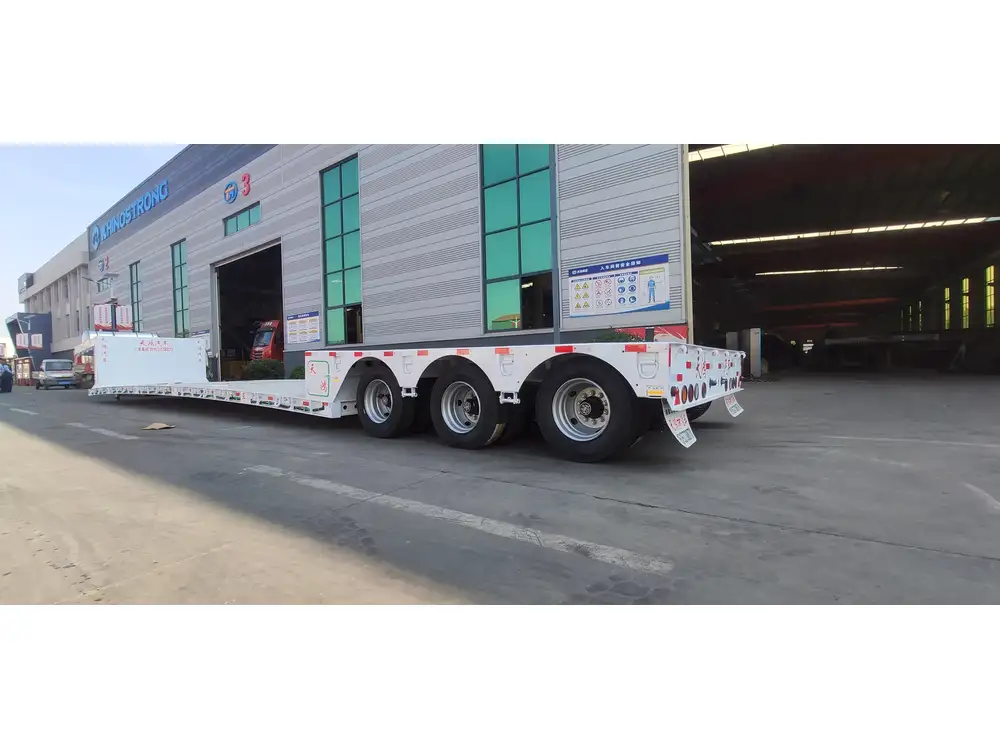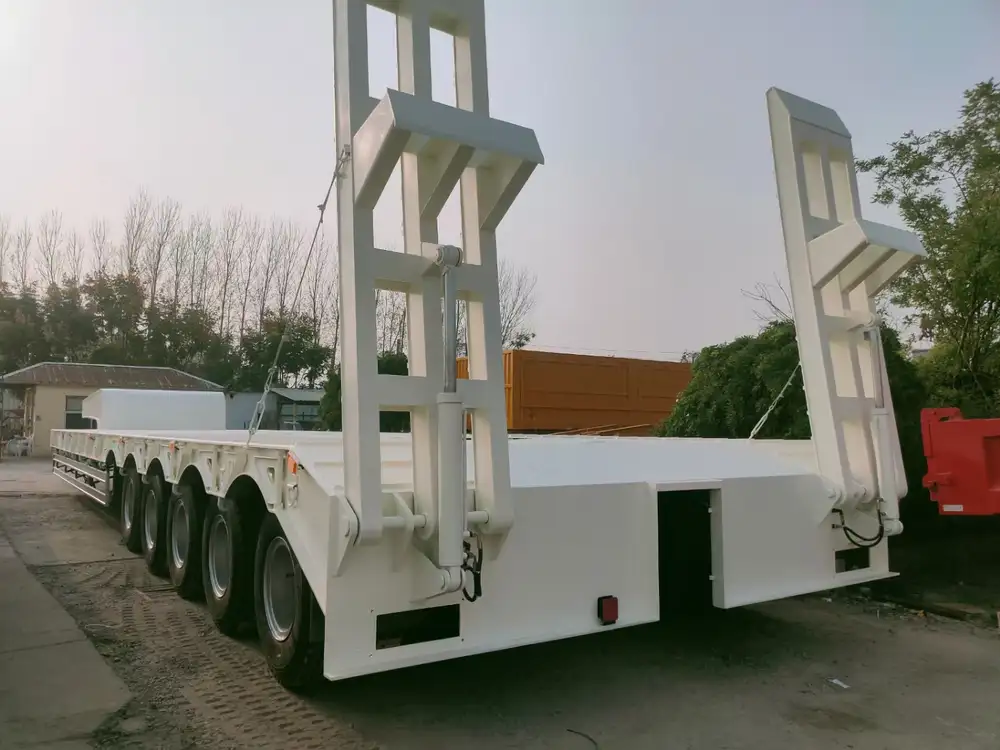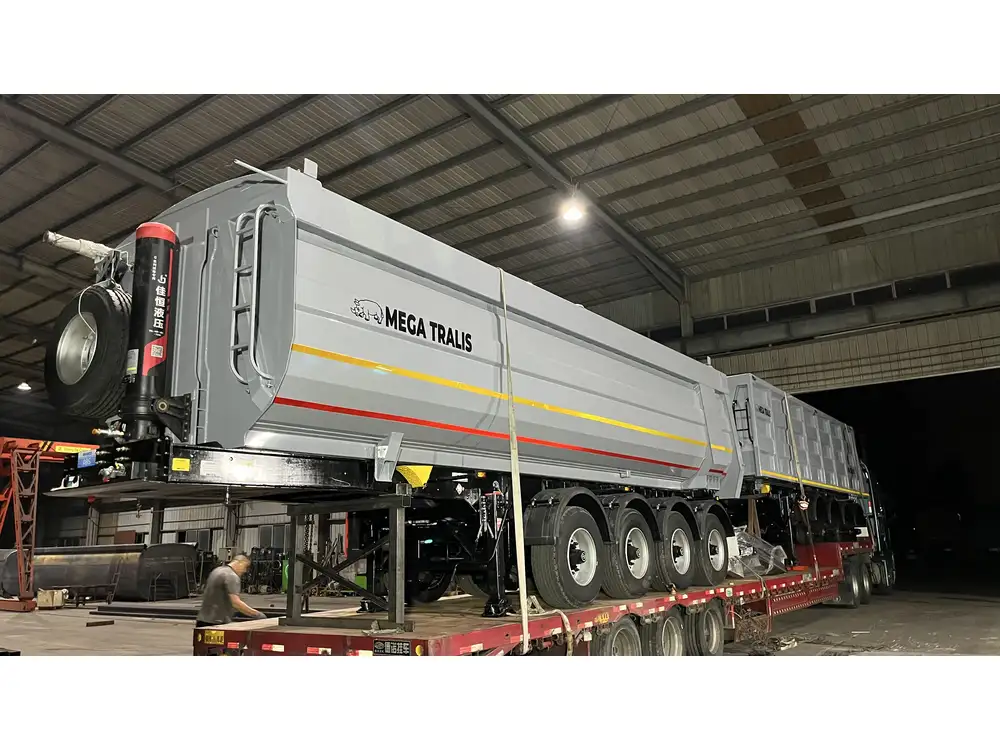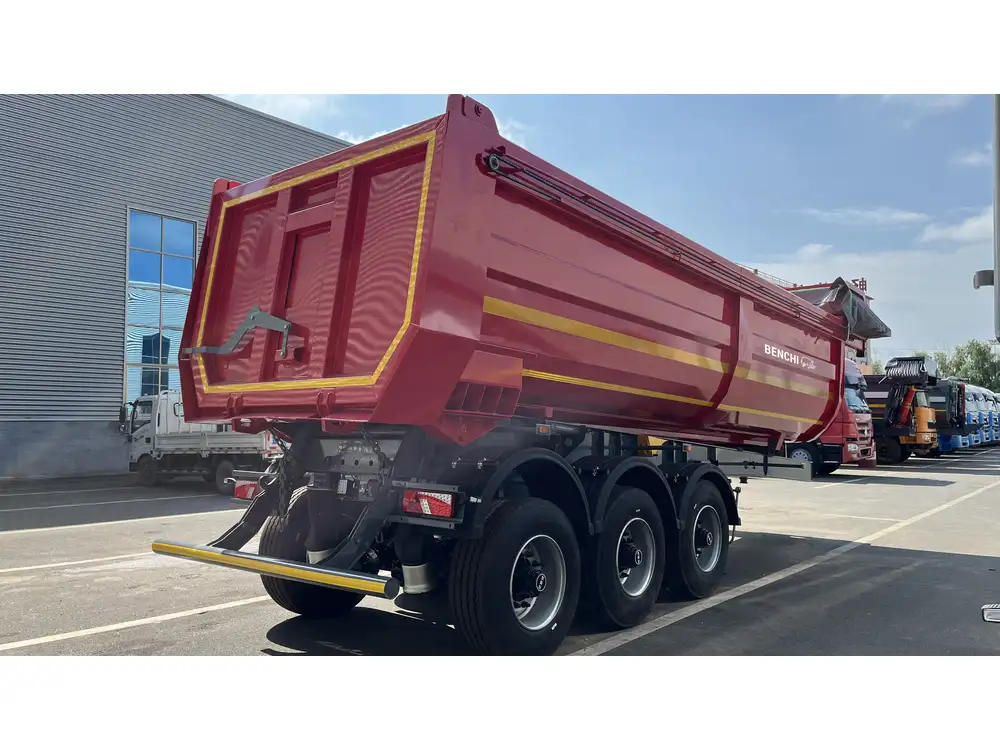Introduction
The logistics industry is in constant flux, facing the challenges of efficient transport. A critical question for businesses engaged in cardboard production, recycling, or transportation is, “How many bails of cardboard fit in a semi-trailer?” This article delves deep into understanding the dimensions, capacities, and variables at play when loading semi-trailers with cardboard bails. By dissecting these factors, we can provide a comprehensive overview to optimize your freight operations and maximize efficiency.
Understanding Semi-Trailer Dimensions

Standard Semi-Trailer Specifications
To understand how many bails of cardboard can fit in a semi-trailer, we first need to establish the typical specifications of a semi-trailer used for transporting cargo:
| Aspect | Specification |
|---|---|
| Length | 48 to 53 feet |
| Width | 8.5 feet (102 inches) |
| Height | 13.5 to 14.5 feet |
| Interior Volume | Approximately 3,000 to 3,800 cubic feet (depending on height) |
The Importance of Knowing Trailer Types
It’s crucial to note that there are various types of semi-trailers including:
- Dry Van Trailers: Enclosed trailers that protect goods from the elements.
- Flatbed Trailers: Open air trailers used for easy loading and unloading.
- Reefer Trailers: Temperature-controlled trailers ideal for perishable goods.
For cardboard bails, dry van trailers are commonly used due to their protective structure.
Calculating Cardboard Bail Dimensions

Standard Bail Dimensions
Before calculating how many bails fit, we need the dimensions of a standard cardboard bail. A typical cardboard bail may have the following dimensions:
| Aspect | Specification |
|---|---|
| Length | 4 feet |
| Width | 2 feet |
| Height | 2 feet |
Volume Calculation of a Single Bail
The volume of a standard cardboard bail can be calculated using the formula:
[ \text{Volume} = \text{Length} \times \text{Width} \times \text{Height} ]Plugging in the dimensions:
[ \text{Volume} = 4 \text{ ft} \times 2 \text{ ft} \times 2 \text{ ft} = 16 \text{ cubic feet} ]Total Volume for Semi-Trailers
To determine how many bails fit, we take the total interior volume of a semi-trailer (say 3,500 cubic feet for our example) and divide by the volume of a single bail.
[ \text{Total Bails} = \frac{\text{Total Volume of Trailer}}{\text{Volume of a Single Bail}} = \frac{3,500 \text{ cubic feet}}{16 \text{ cubic feet}} \approx 218.75 ]This calculation indicates that up to 218 bails could potentially fit inside a standard semi-trailer.

Factors Affecting Load Capacity
Weight Considerations
While volume gives a theoretical number, the actual loading is also constrained by weight. The average weight of a cardboard bail can vary significantly based on its density and moisture content, but a rough estimate is approximately 100 – 300 pounds per bail.
Example Weight Calculation
If we consider an average weight of 200 pounds per bail:
- For 200 bails: [ \text{Total Weight} = 200 \text{ bails} \times 200 \text{ lbs/bail} = 40,000 \text{ lbs} ]

Legal Load Limits
Most states have a maximum weight limit for semi-trailers around 80,000 pounds including the trailer’s own weight. Thus, if the trailer weighs 30,000 pounds, the maximum cargo weight would be:
[ \text{Maximum Cargo Weight} = 80,000 \text{ lbs} – 30,000 \text{ lbs} = 50,000 \text{ lbs} ]This calculation indicates that under these conditions, one can transport approximately 250 bails at 200 pounds each while adhering to legal restrictions.
Effective Loading Strategies
Stacking and Loading Techniques
To maximize the number of cardboard bails transported:
Optimize Orientation: Bails can be stacked flat or on their ends. The stacking orientation can dramatically impact the number of bails that fit.
Utilize Vertical Space: Maintaining appropriate stacking techniques can help take advantage of the semi-trailer’s height, ensuring safety and stability.
Weight Distribution: Proper weight distribution is critical for safe transport. The cargo should predominantly be centered, balancing the overall weight across the axles of the trailer to prevent undue strain.

Safety and Regulatory Compliance
Ensuring Safety in Loading Practices
Safety regulations must always be adhered to during loading and unloading. Proper securing of loads avoids shifts during transit, which could lead to accidents.
Key Safety Guidelines
- Use of straps and cargo nets is essential when stacking bails.
- Verify that the load does not exceed maximum height and width limitations.
- Perform regular checks on the fastening before departure.

Regulatory Standards for Polices
Familiarize yourself with local transport regulations including weight limits, maximum height, and load securing policies to ensure compliance and avoid penalties.
Real-World Application and Case Studies
Industry-Specific Cases of Transporting Cardboard

Case Study 1: Recycling Plant Operations
A recycling facility opted for a strategy that involved transporting cardboard bails directly into a plant in 53-foot dry van trailers, optimizing their loading process to fit 200 bails securely.
Key Outcomes:
- The operation reduced transportation costs by 15% due to improved load efficiency.
- Given that each bail weighed around 250 pounds on average, they significantly improved their profit margins by aligning with legal weight limits effectively.
Calculating Your Needs

Practical Steps to Determine Load Capacity
Define Bail Specifications: Measure your cardboard bails precisely.
Assess Trailer Size: Confirm the specifications of your semi-trailer.
Perform Volume and Weight Calculations: Utilize the previously shared formulas to estimate how many bails can be transported per load.
Conclusion
In conclusion, understanding how many bails of cardboard fit in a semi-trailer is a multifaceted process intertwining volume, weight considerations, safety factors, and regulatory compliance. By utilizing precise calculations and optimizing loading strategies, businesses can ensure efficient transport, improve their logistics operations, and maximize profitability. Regular evaluations and adjustments to these methodologies will further enhance operational efficiency in this dynamic industry.
Empowering your logistics decisions with this knowledge enables you not only to answer the question of capacity but also to fine-tune your processes, harness savings, and gain a competitive edge in the ever-evolving world of logistics and supply chain management.



